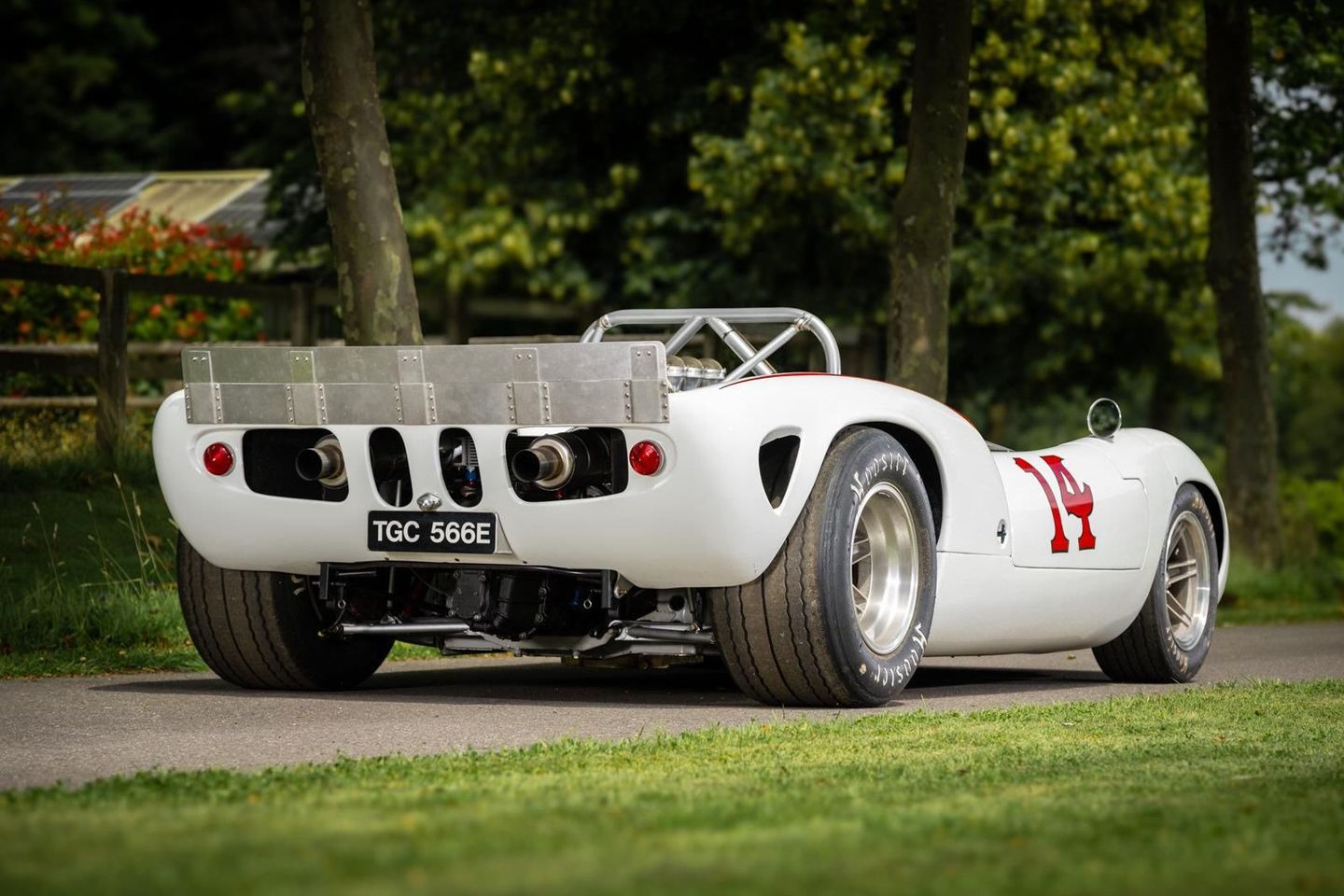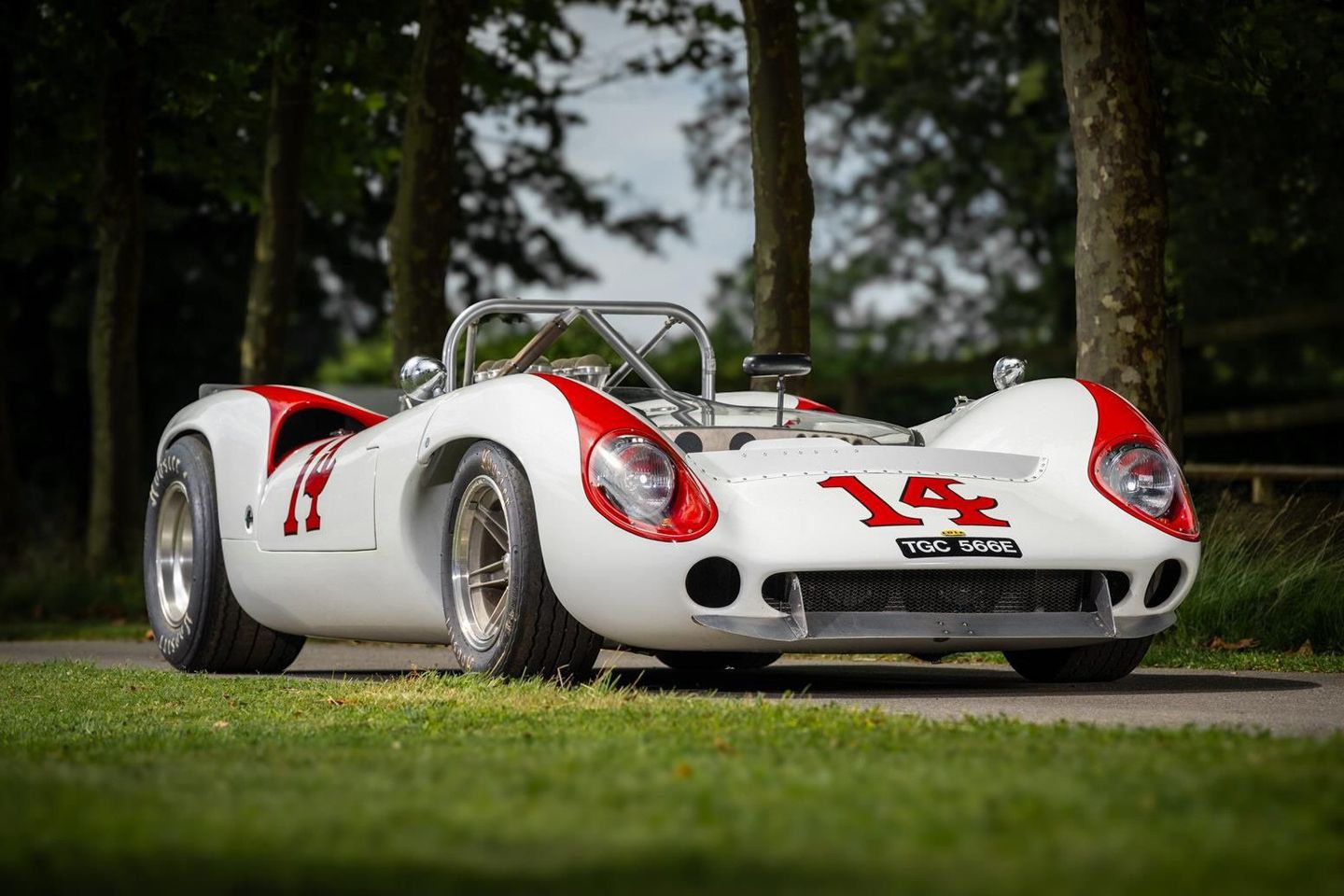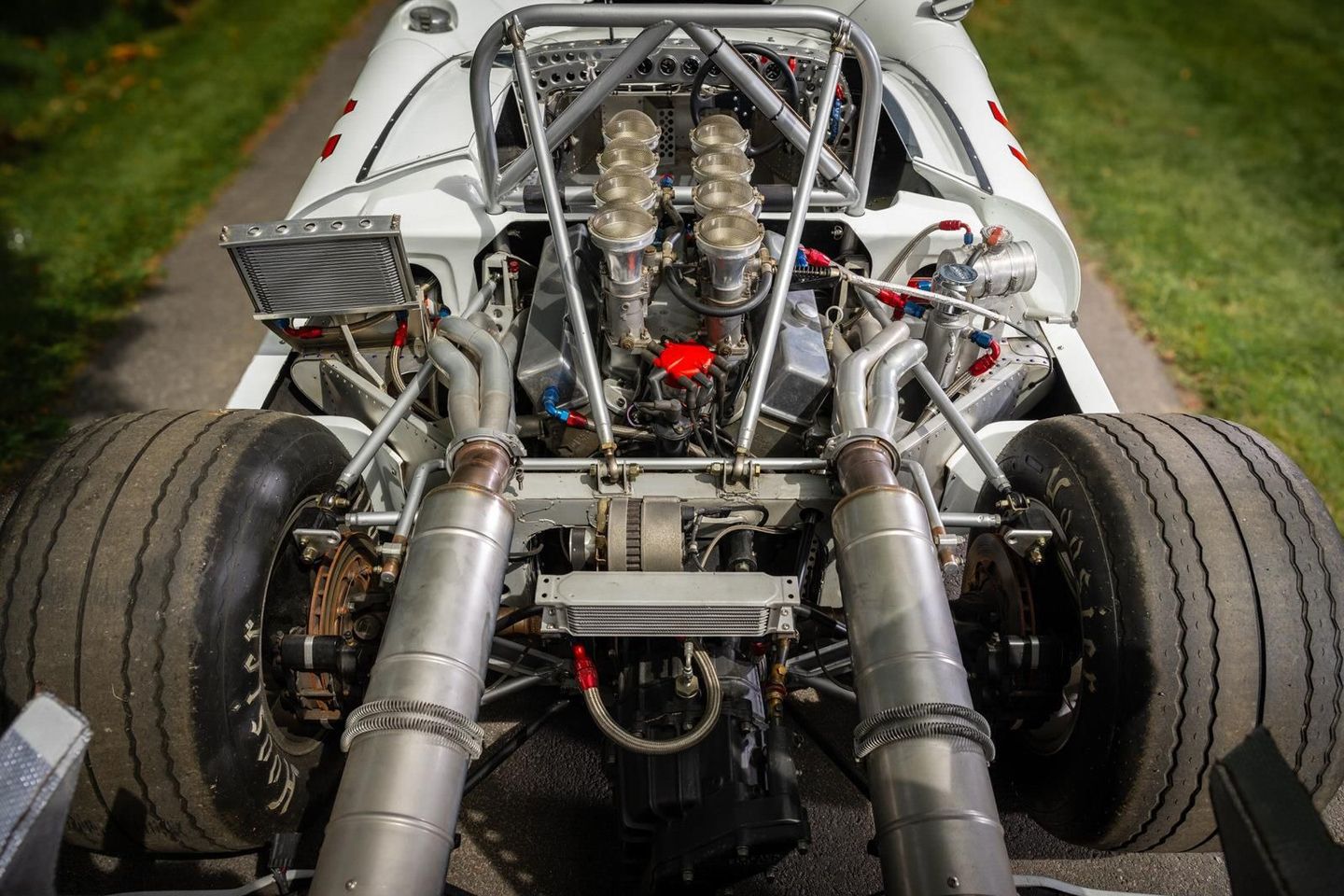

It’s not hard to get carried away by the idea of racing a classic sports car. There’s no denying the romance of that era, when the big names of the past wrestled wild machines on iconic tracks in the name of sport. And a very nice time. Despite all the progress made in racing over the decades, there is something about the 1950s and 1960s that remains so enchanting, when top-level GT cars were also ready for the road. Just look at how popular the RAC TT Celebration is at Goodwood; those cars are beautiful and seriously fast, but also relatively simple by the standards of what followed.
It all looks great fun, although the racing spectacle obviously ignores all the hassle associated with campaigning a 50-year-old competition car. Support for historic racing is probably better now than ever, but imagine how difficult it must now be to get your hands on certain parts for really special things. Before you even think about the cost. It must take some of the fun out of racing, even for the super-rich, when every little fix becomes an expensive fix.
That’s why the Lola T70 has always had (and still does) such appeal. Because not only are they lightning fast and quite competitive against their rivals (a one-two at the 1969 24 Hours of Daytona was the T70’s most memorable triumph), but they are also relatively simple beasts by the standards of the time . A small block V8 may not have had the prestige of a V12, but it meant reliable power every now and then. There is certainly a lot to be said for that if you want to race a car as much as possible. This has a 5.7 liter Chevrolet V8 with 450 hp; more than enough in something that weighs as much as a sled.


This T70 also has a period-specific racing history; chassis SL73/104 was built in 1967 and raced in that year and the 1968 season of the United States Road Racing Championship. At that time, this car secured podiums at Laguna Seca and Bridgehampton, which certainly cannot be said of every old racing car. The Lola even competed in some Can-Am events. It was restored into a collection in the early 2000s and is featured in John Starkey’s book “Lola T70: The Racing History & Individual Chassis Record”. It’s a real piece of 1960s sports car racing history.
While later T70 coupes will be even faster around the track, there’s something incredibly evocative (not to mention a little terrifying) about the purity of these Spyders. It’s you, the honking awesome V8, a chassis with a really nice body on it… and that’s it. Its power and challenge have been drawing people back to the T70s for decades. The Lola’s reputation will certainly not be damaged by how perfect it looks.
This Spyder is especially interesting as a road-registered example, and a T70 on public roads promises to make most new supercars feel a tad sterile. It’s really meant for racing, though, and Le Mans Coupés – who are selling this Lola on behalf of a customer – can detail what’s required for a new historic technical passport. One of these qualifies it for competition around the world, and what a privilege that will be. Easily worth what getting a new HTP costs. Racing something like a T70 will never be a truly affordable endeavor, although it will certainly provide spectacular value for the excitement on offer. Currently it is Price on Request; It’s best to pick up the phone for a 2025 classic racer before anyone else does.
Navigate to the leftNavigate to the right
1 / 6